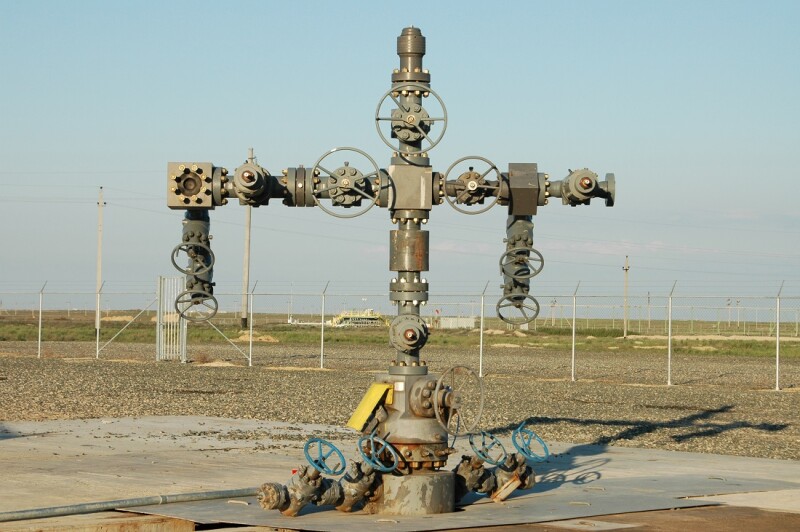Wellhead and downhole safety valves (DHSVs) are considered health, safety, and environment (HSE) critical well equipment in oil fields around the world. Ensuring 100% integrity of this critical equipment has always been a challenge because of aging equipment and a lack of comprehensive international standard guidelines. A comprehensive methodology, called the 100% Integrity Assurance approach, therefore, was implemented by the Abu Dhabi National Oil Company for this equipment to ensure sustainability and prevent HSE incidents throughout the well life cycle. The methodology has contributed significantly to life extension of the aging equipment by reducing failure rates.
The 100% Integrity Assurance approach for HSE-critical well equipment is a broad-spectrum, continuous process involving collaboration among multiple disciplines of the organization, such as the well integrity, field development, field production, and maintenance teams.
The methodology consists of
- Introducing a risk-based approach to standardize all requirements of integrity assurance activities for the equipment (e.g., frequency of activities to be performed, processes, responsibilities, and allowable leak rates)
- Establishing an automated mechanism to track and report each and every predefined integrity assurance activity, highlighting areas of improvement to meet 100% compliance
- Creating a robust road map to overcome all the challenges hindering the 100% compliance target of these activities; this includes introduction of special procedures, the right set of equipment, and an effective tracking system
- Introducing nonweather-dependent equipment to conduct year-round activities in offshore environments
Implementing this methodology resulted not only in improving performance visibility of HSE-critical well equipment but also contributed significantly to life extension of the aging equipment by reducing failure rates. Based on comprehensive data from the past 6 years, a reduction in failure rates of up to 60% was recorded for the tree valves.
This approach, involving multiple disciplines of the organization, is new and was successful in maintaining the integrity of aging equipment. The systematic methodology fills an exiting gap in the industry, which lacks comprehensive international guidelines to maintain or extend the life of aging tree and DHSV equipment.

